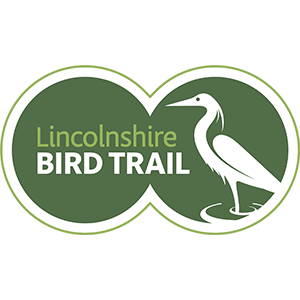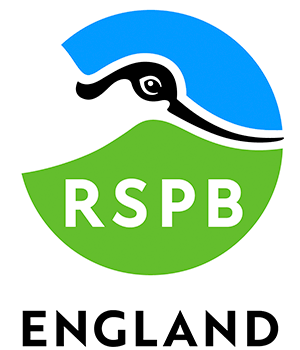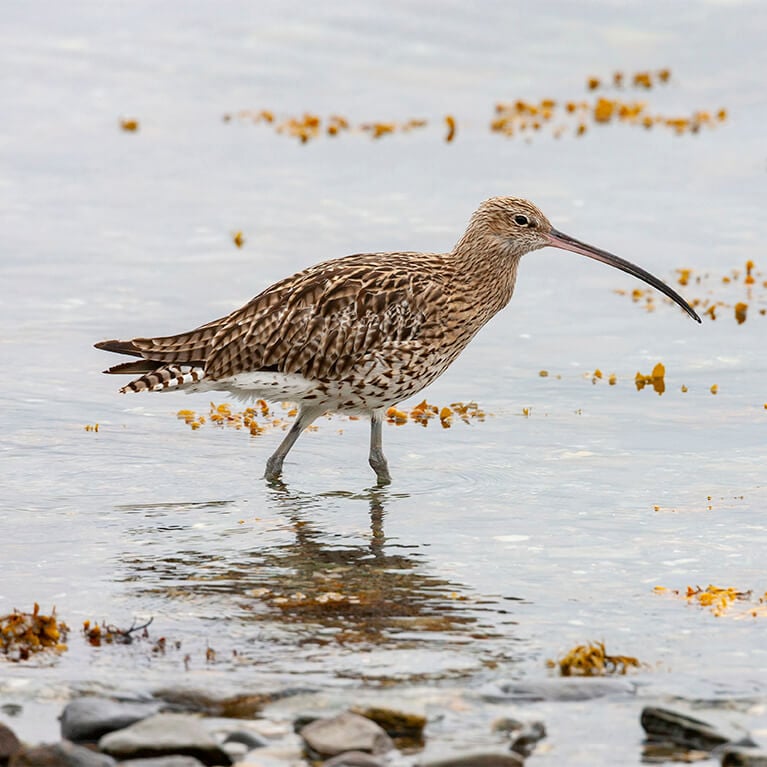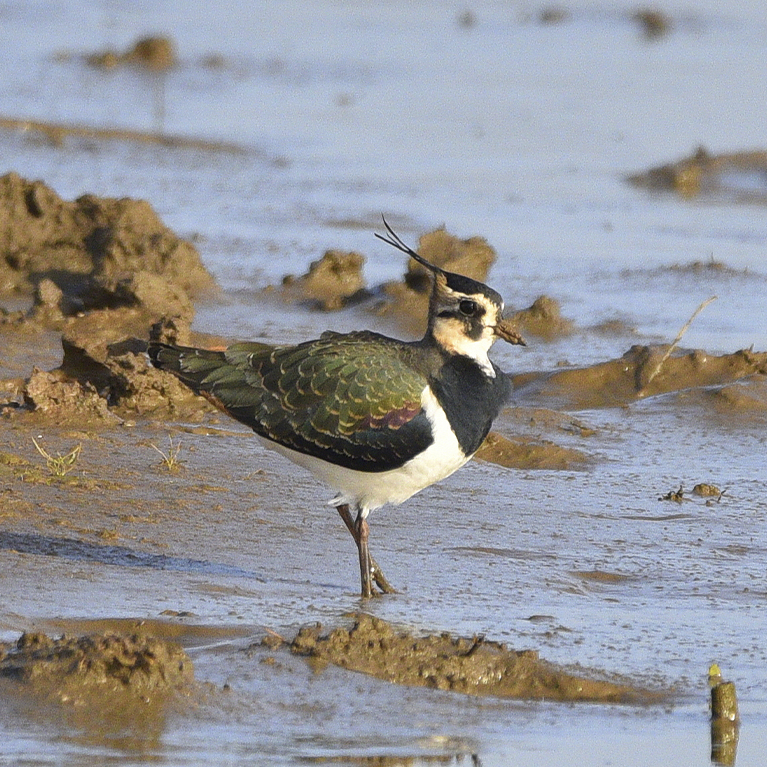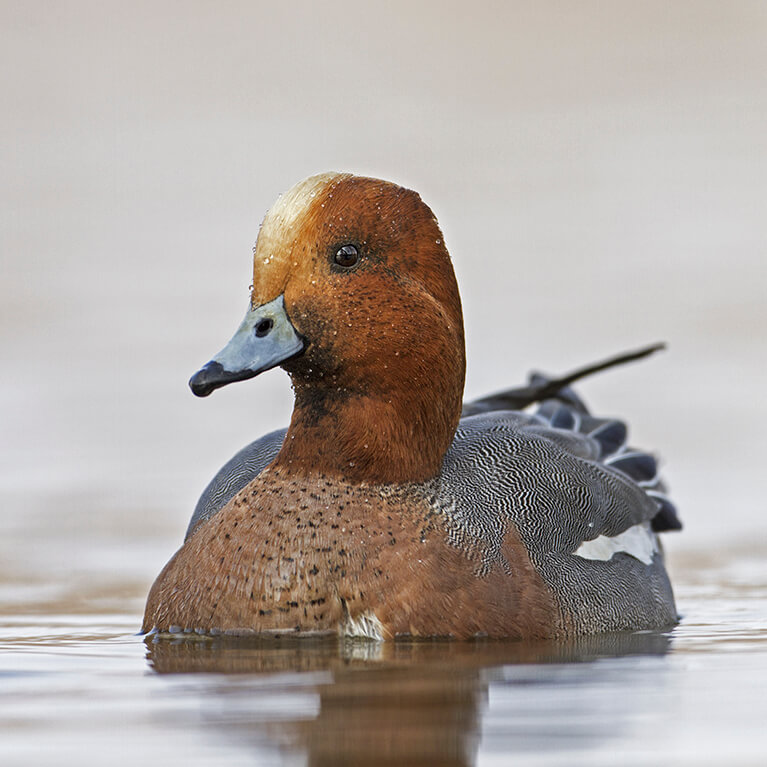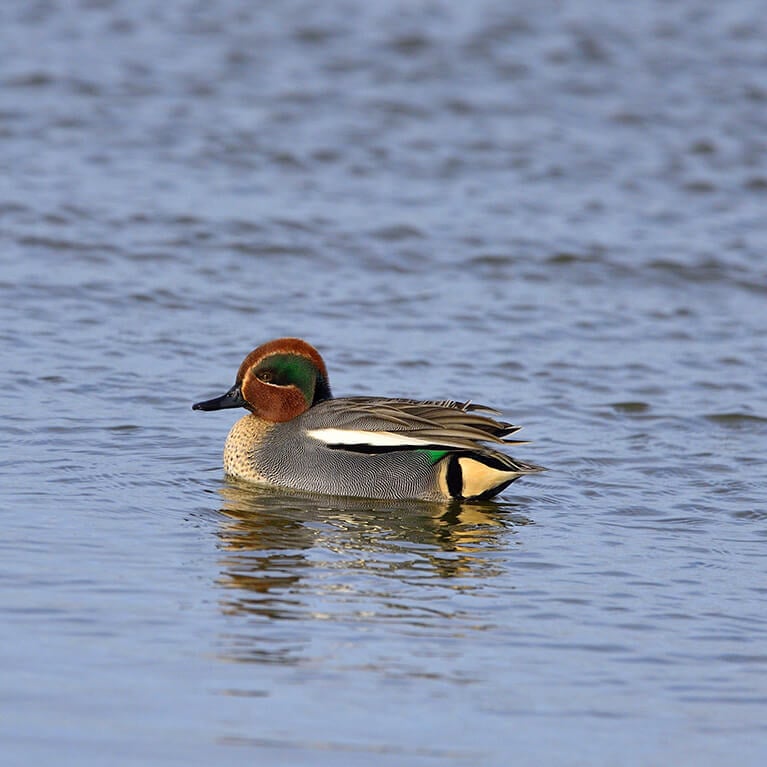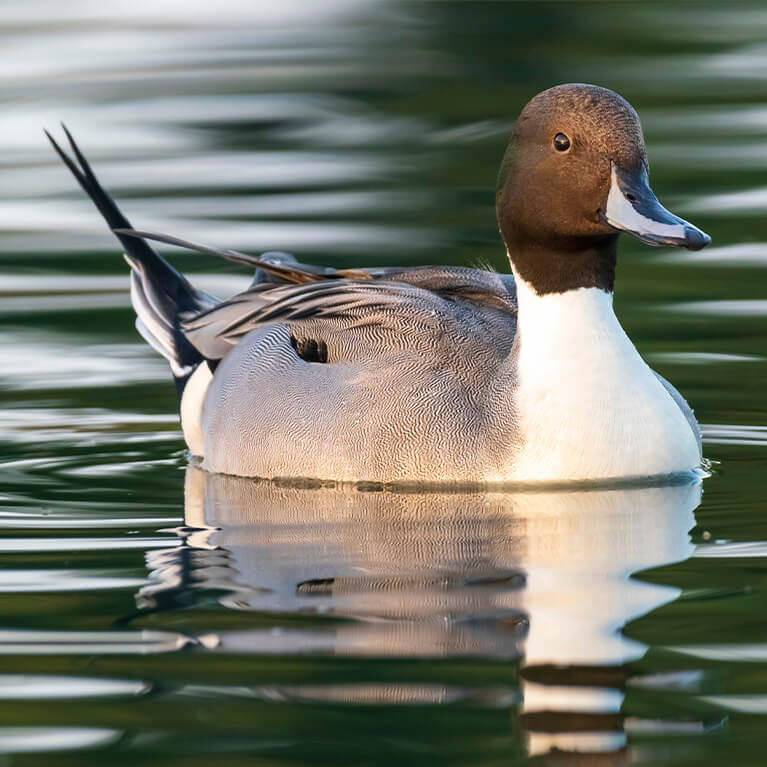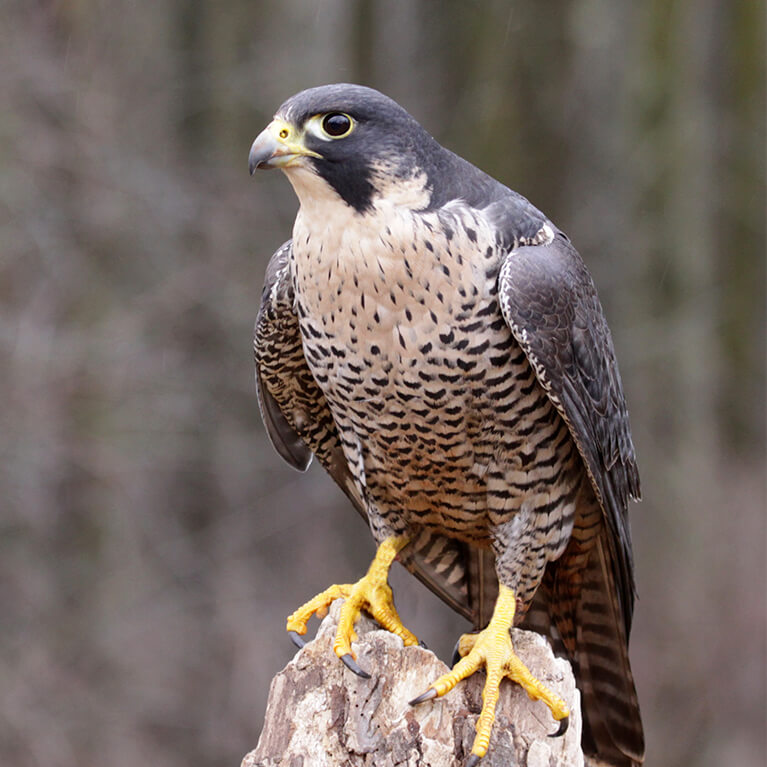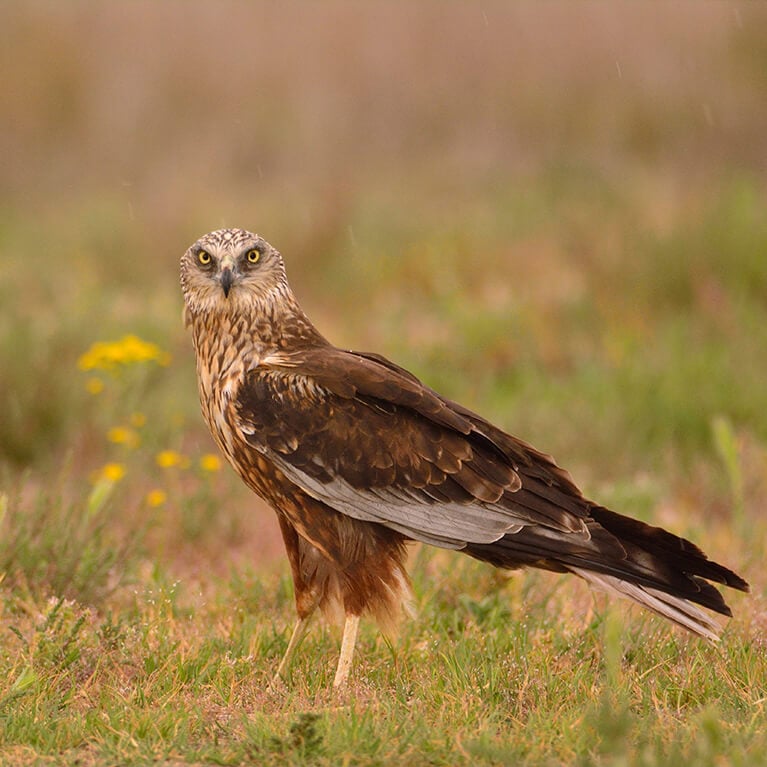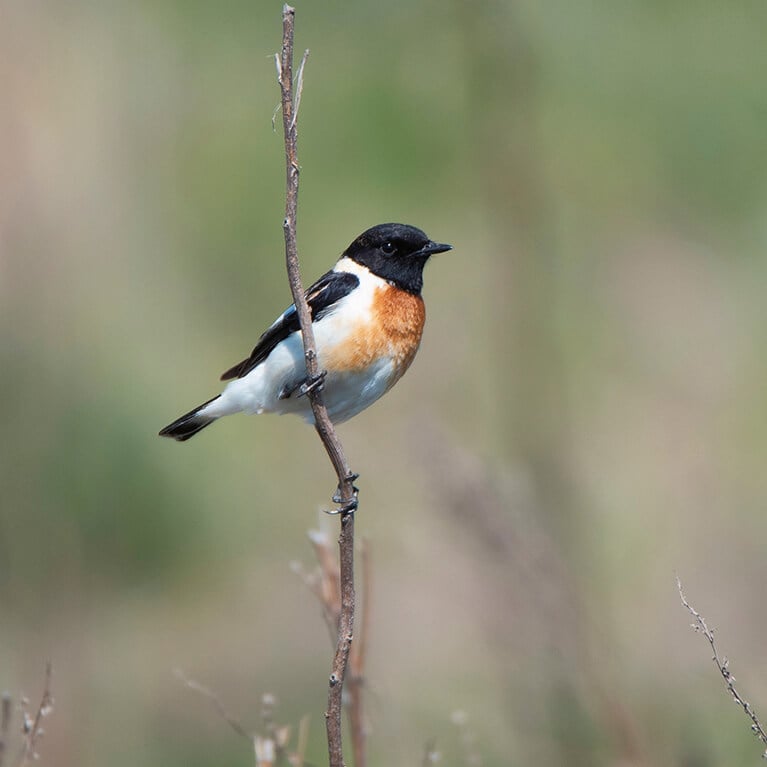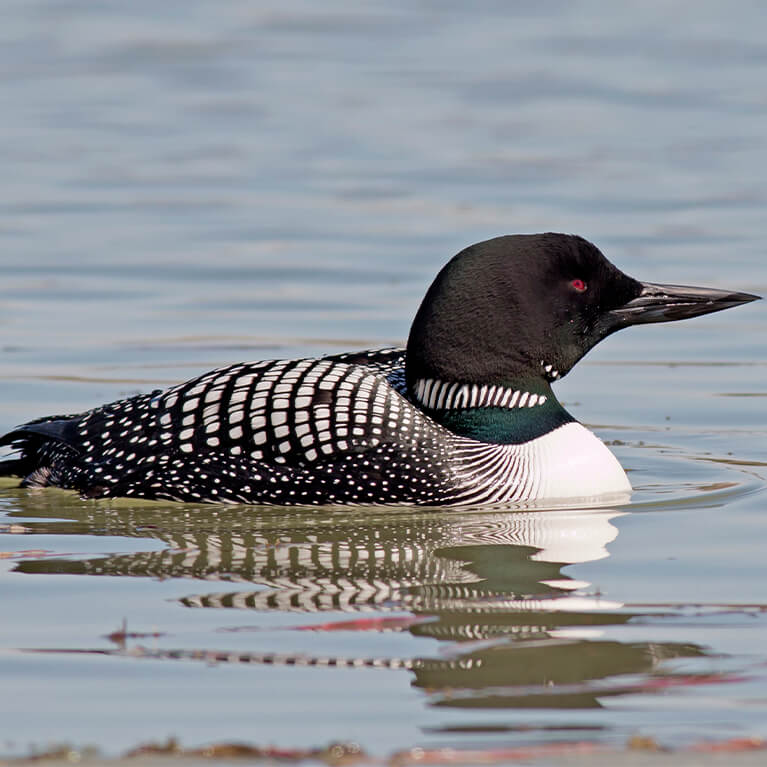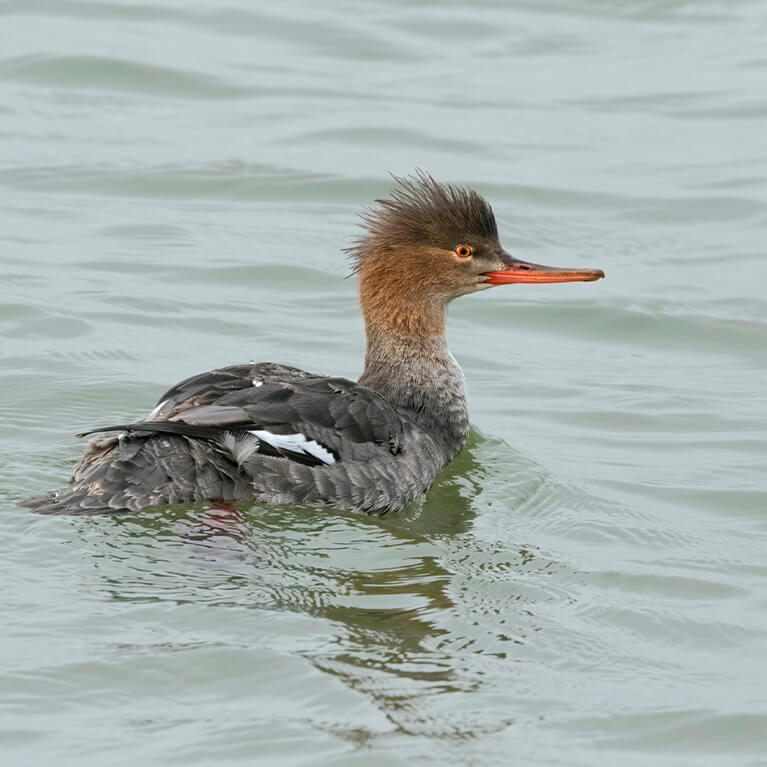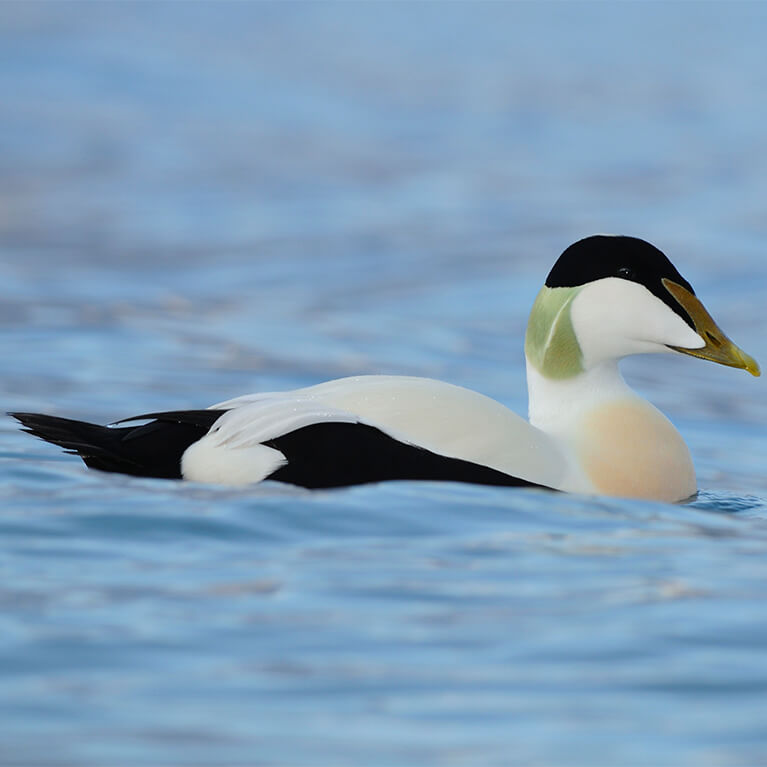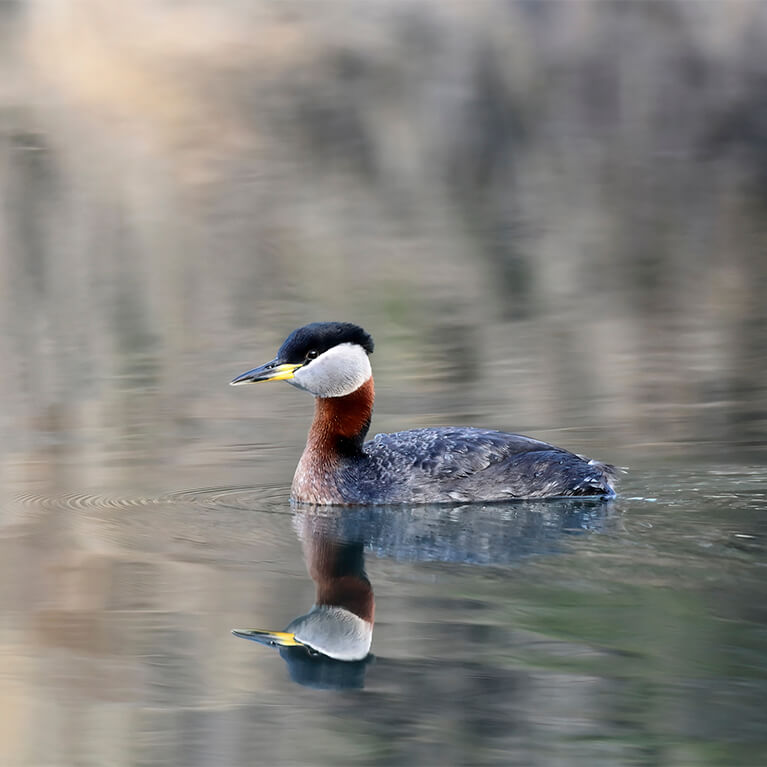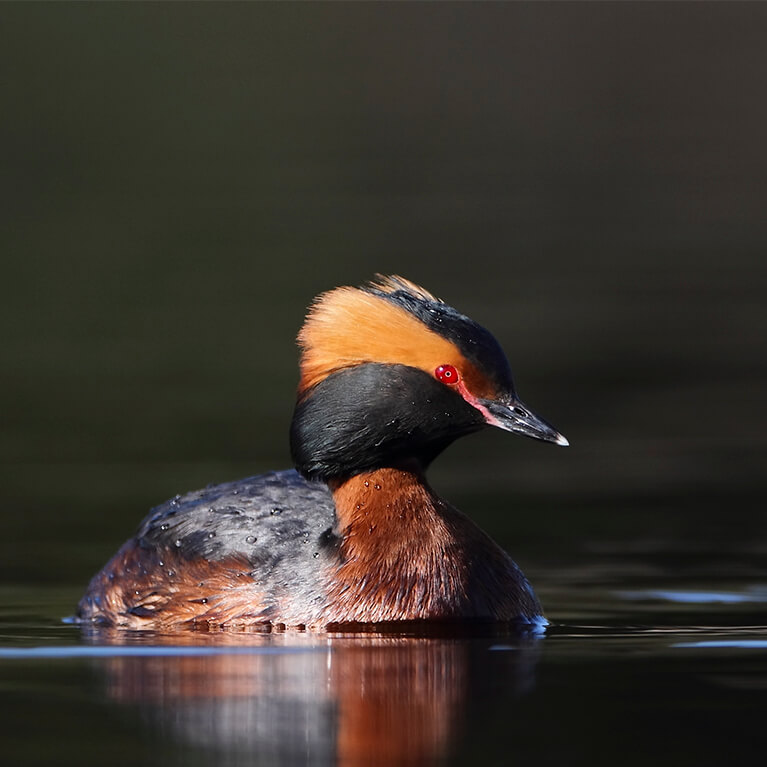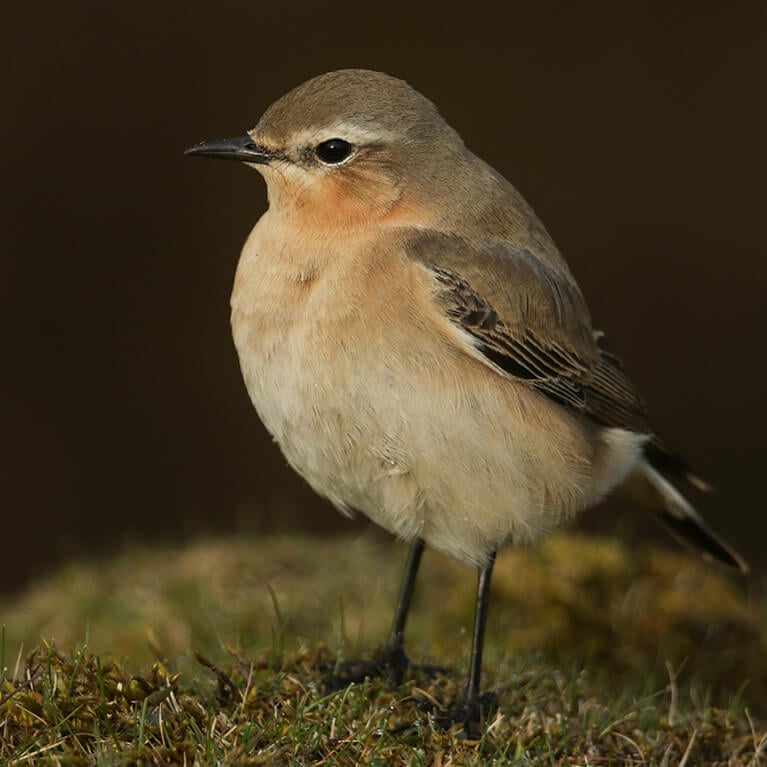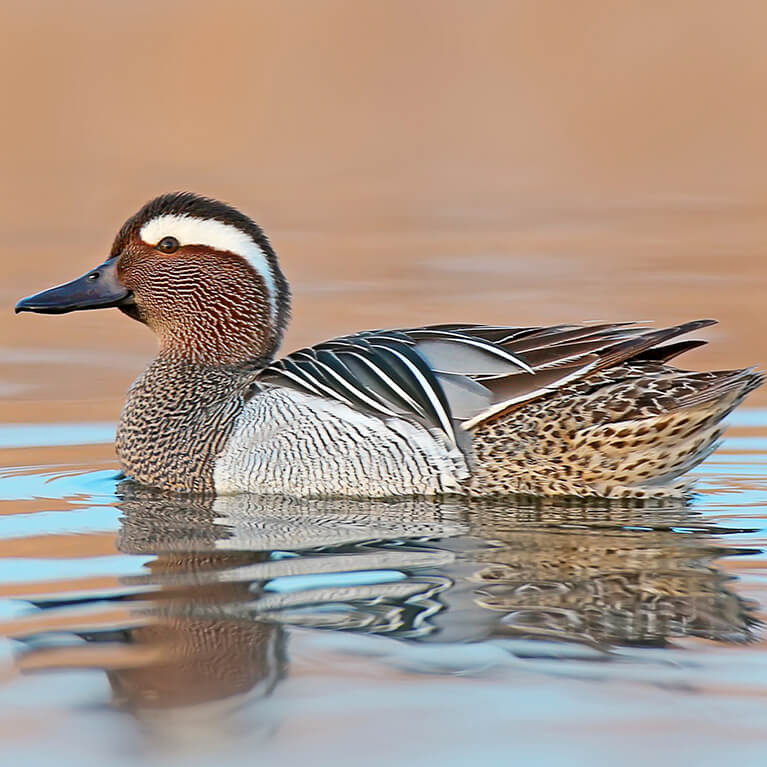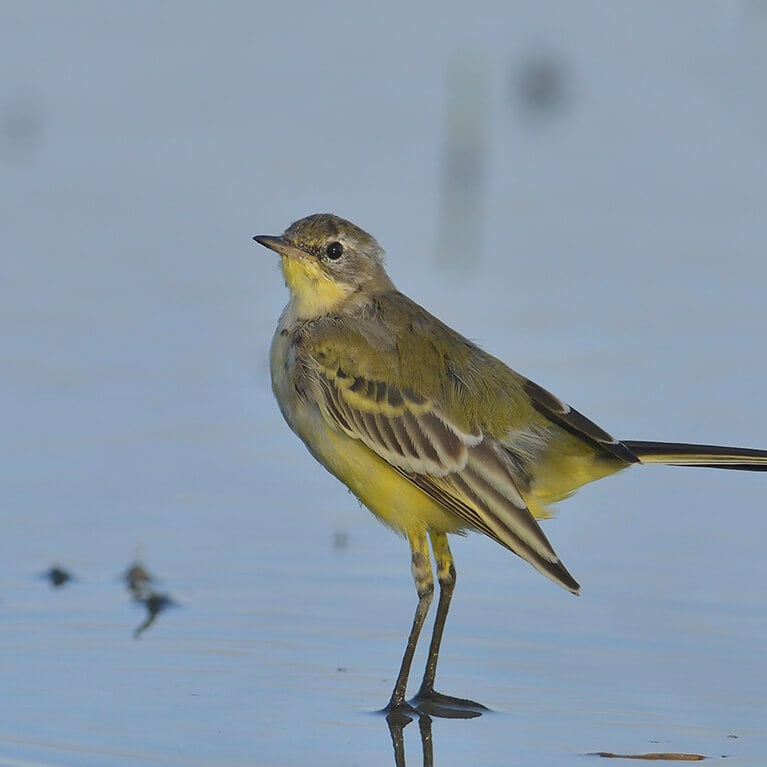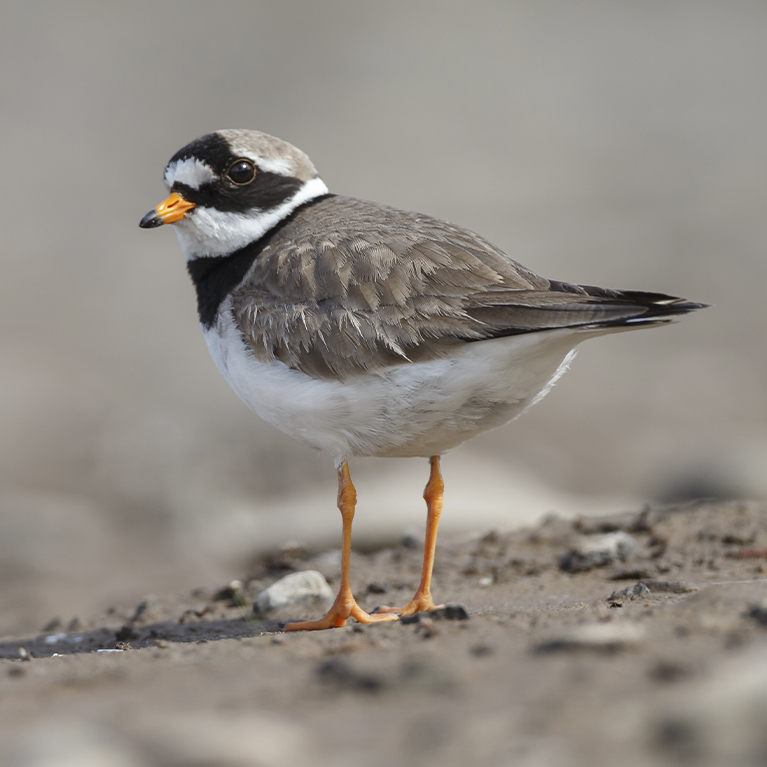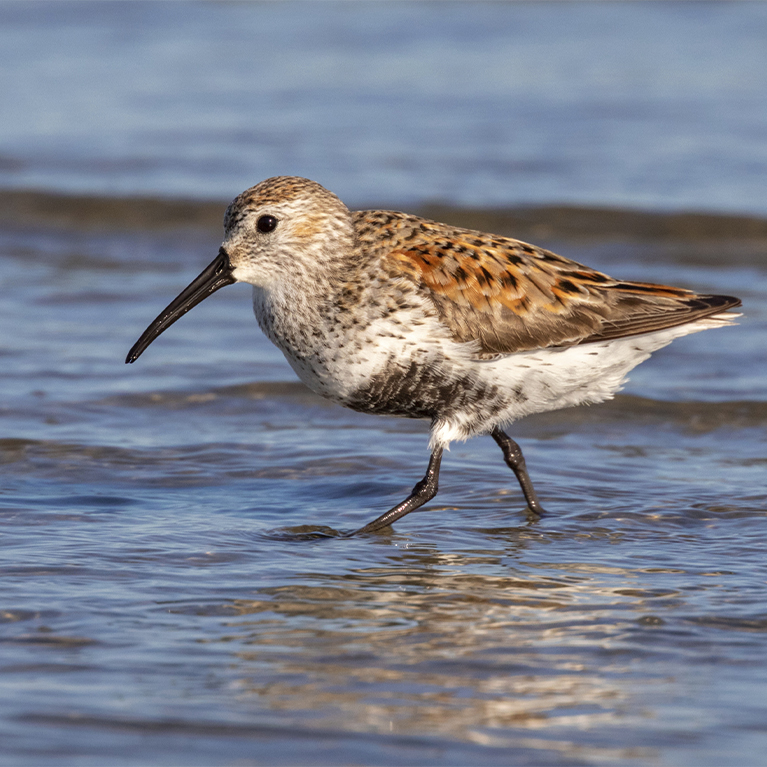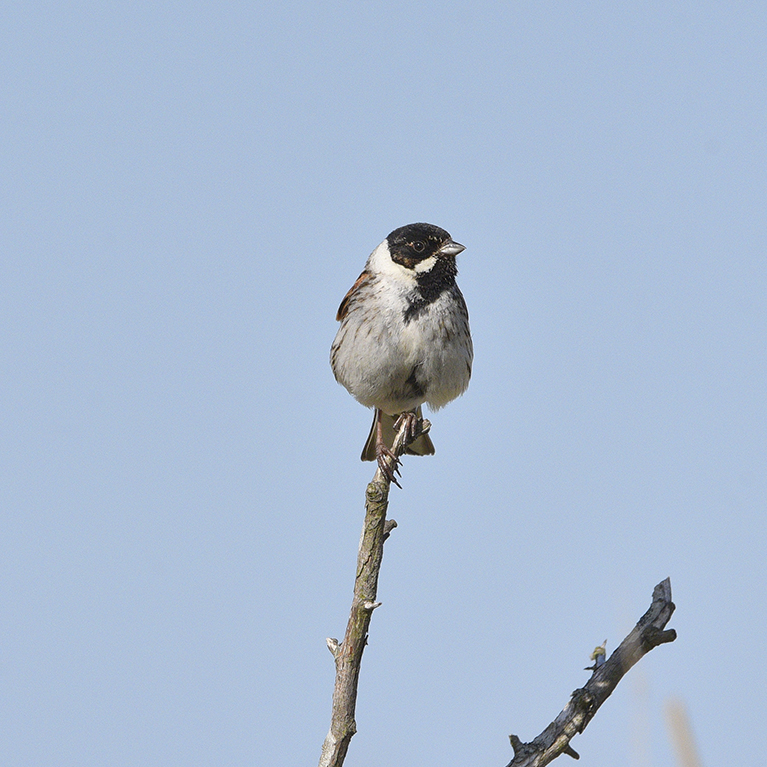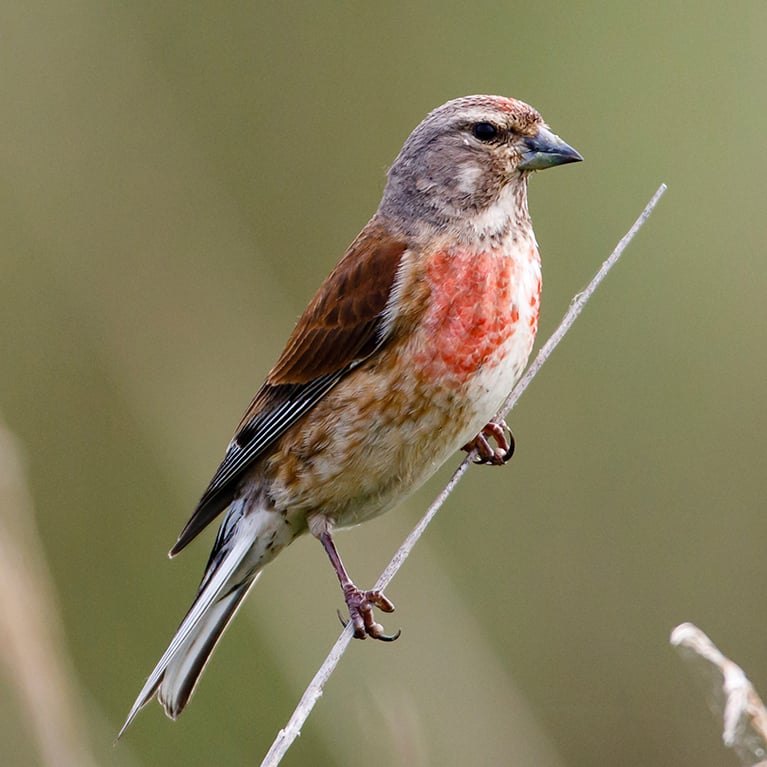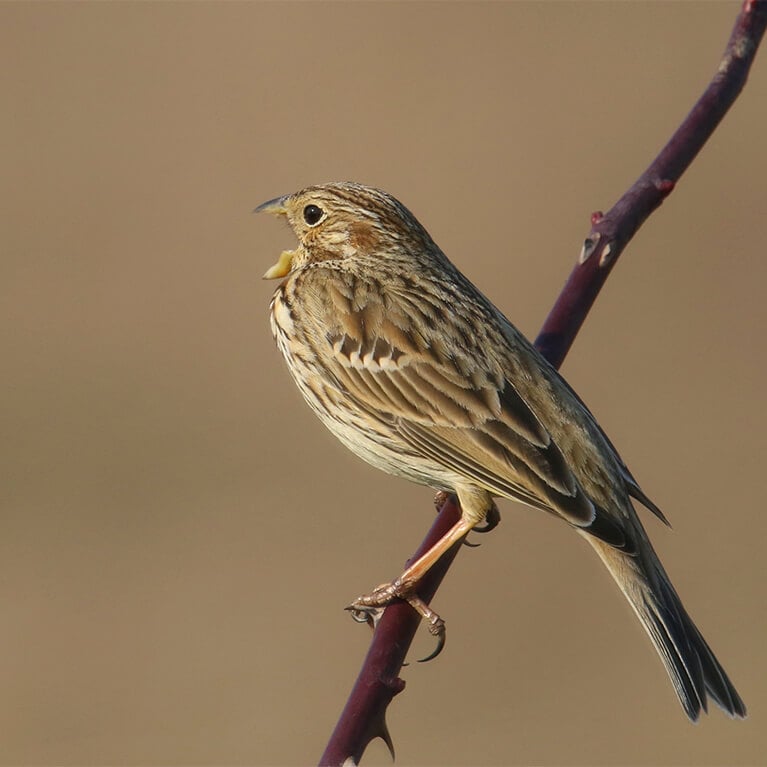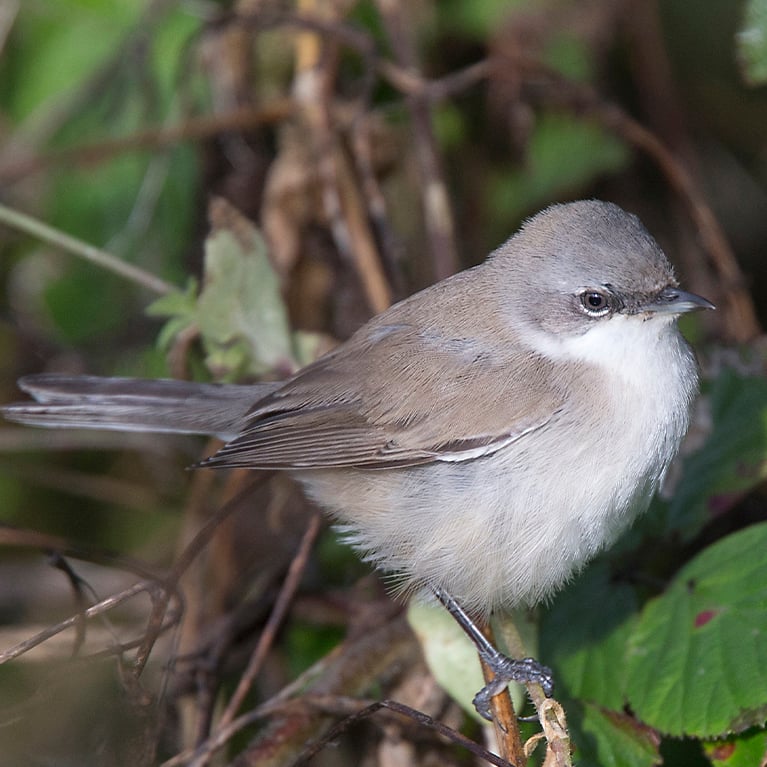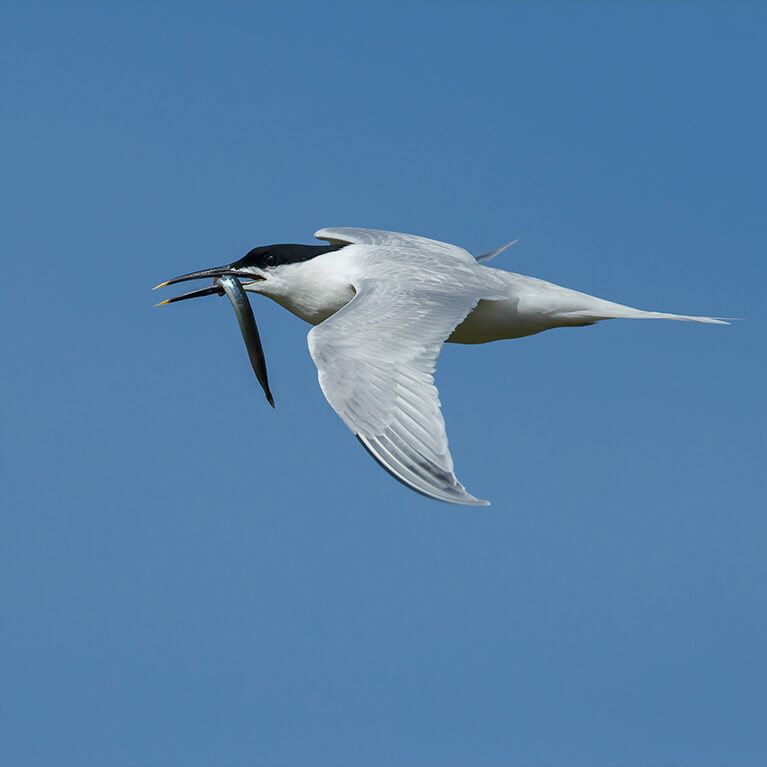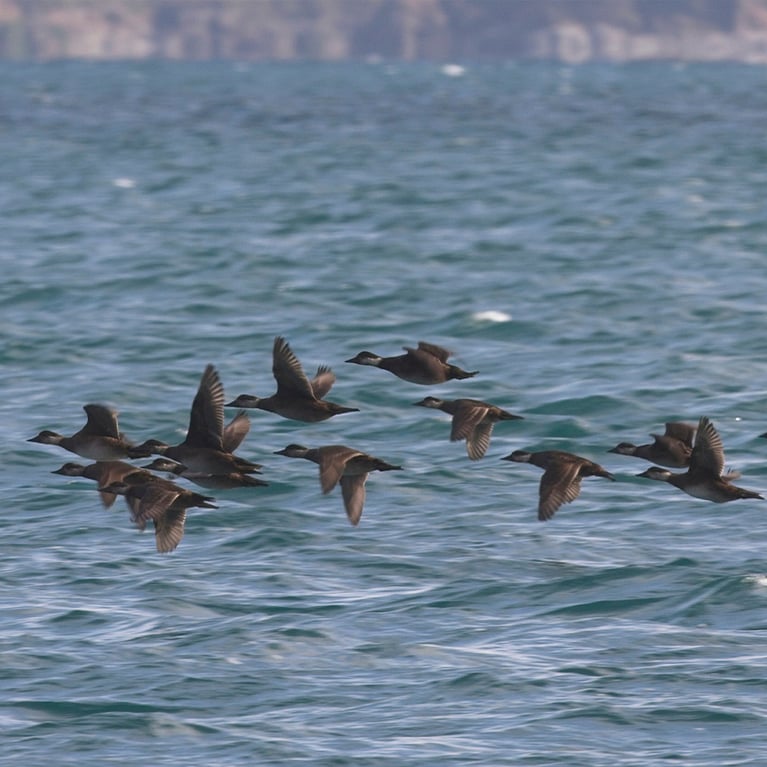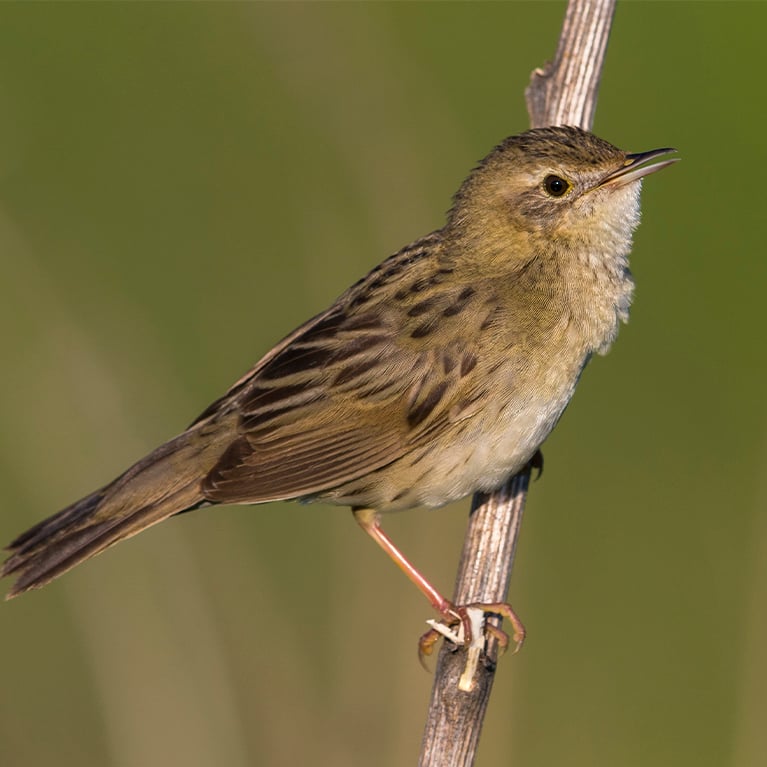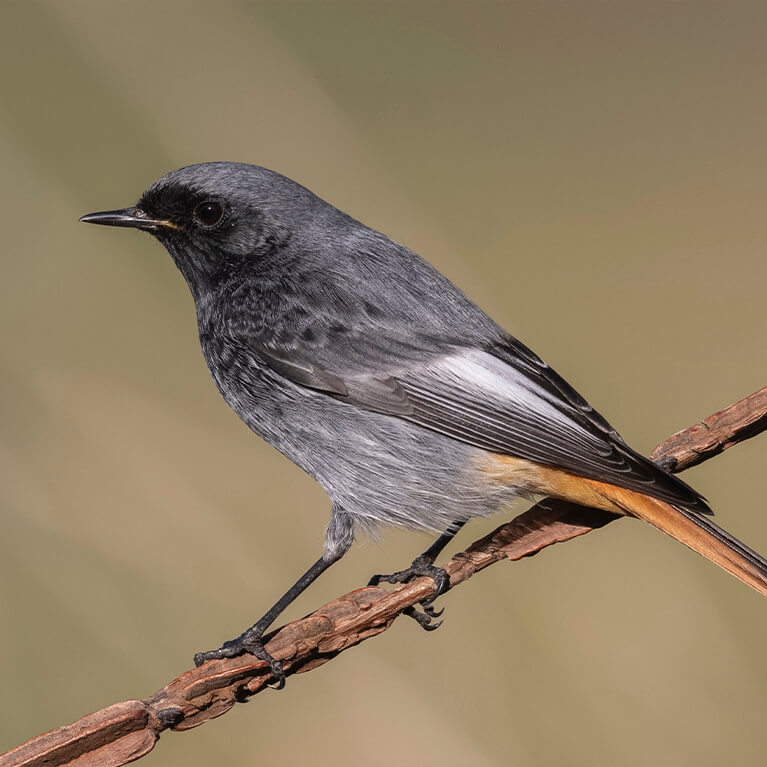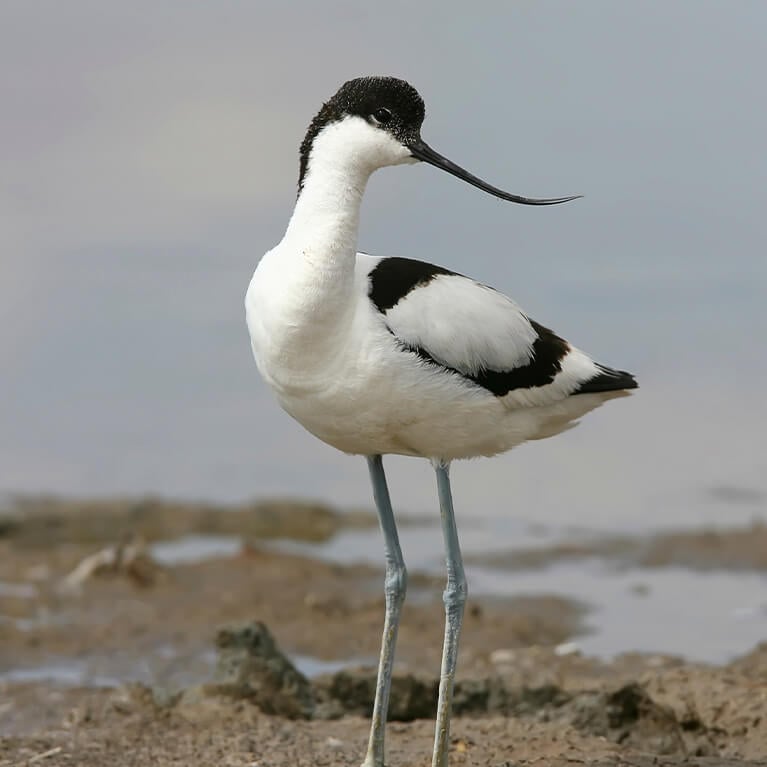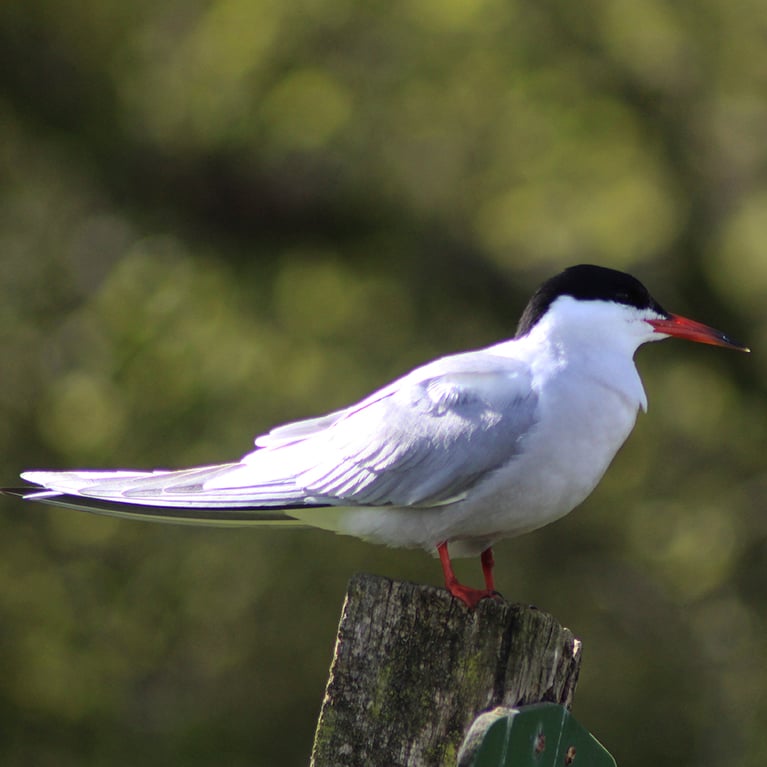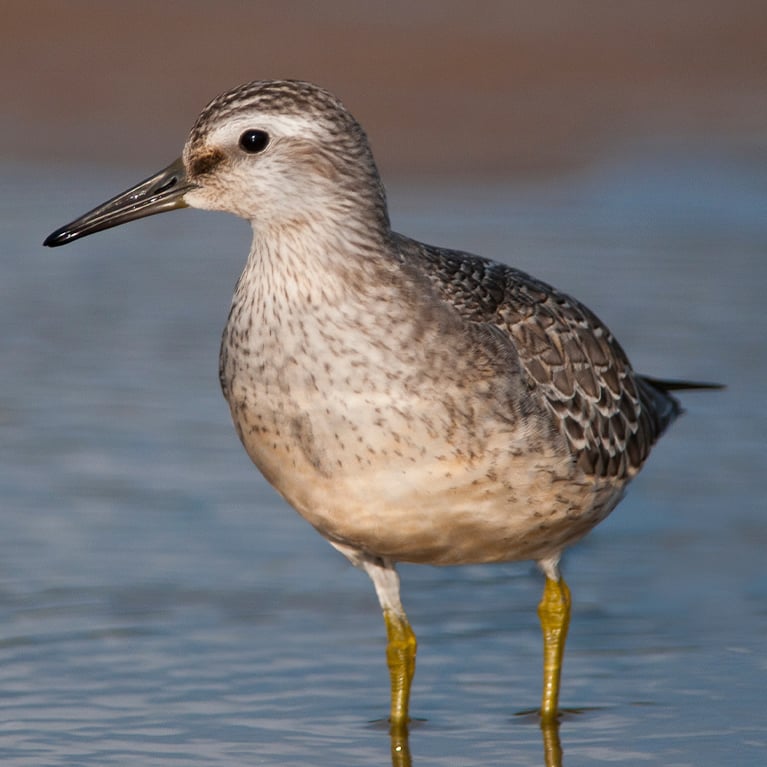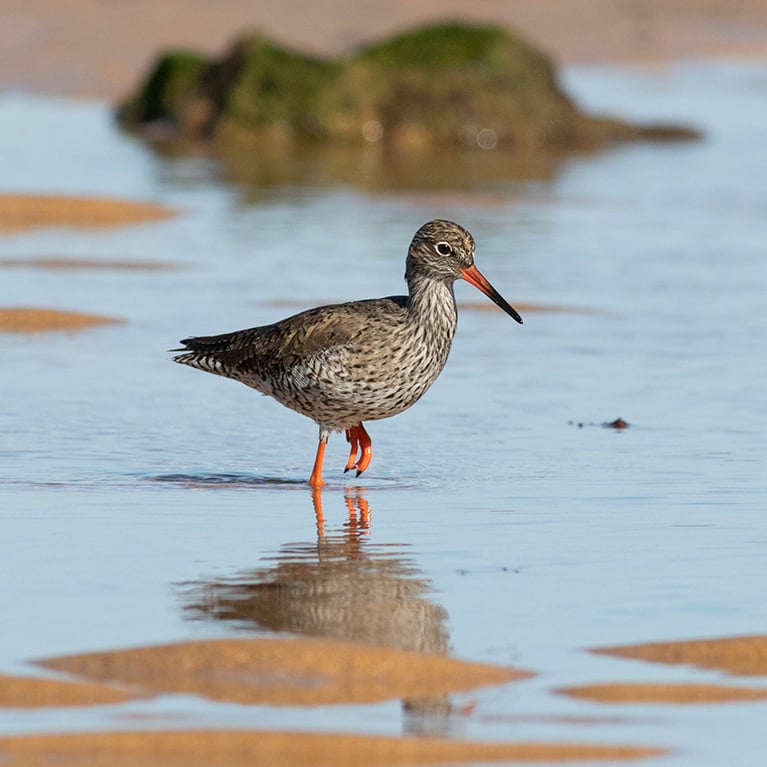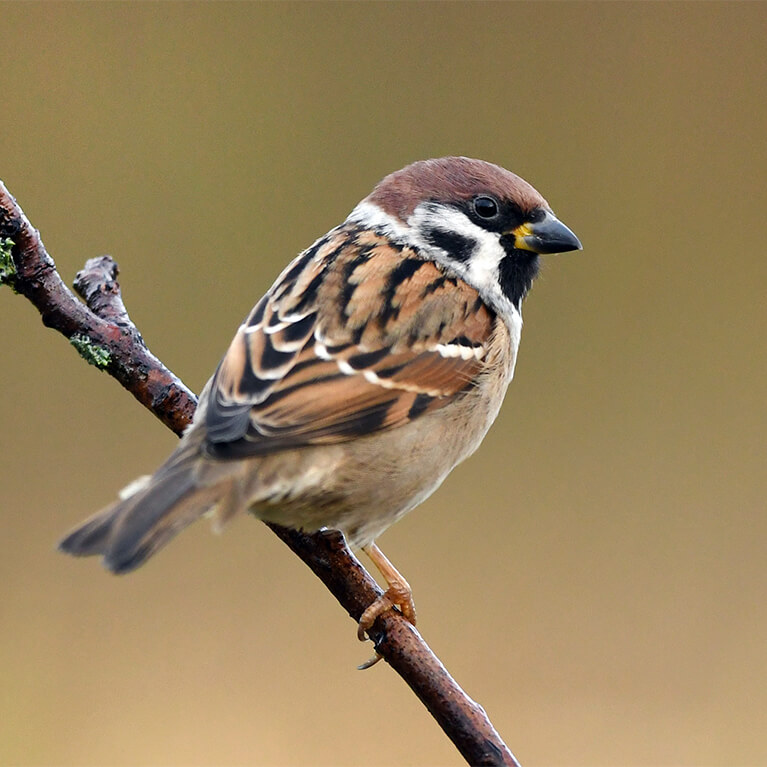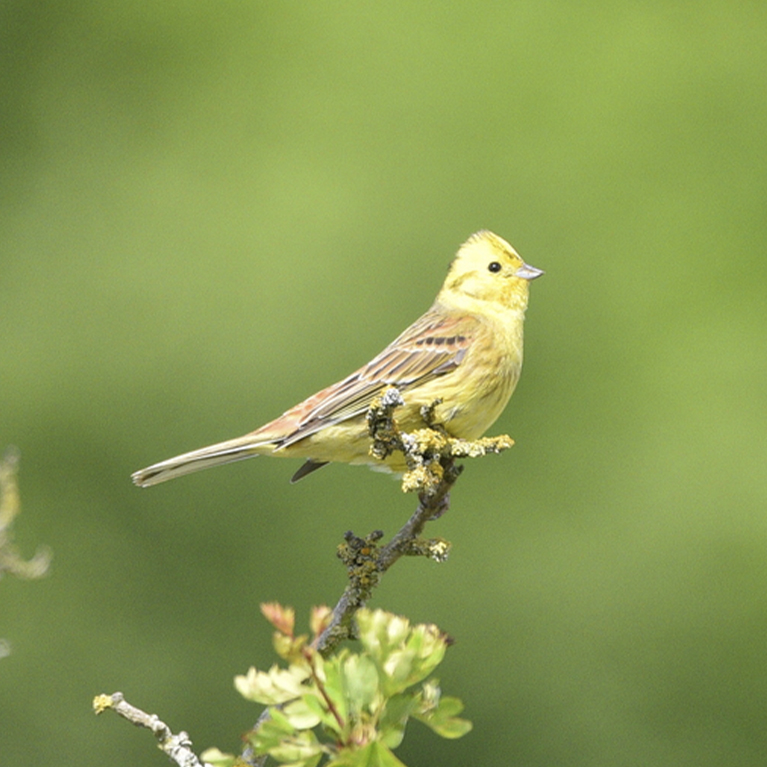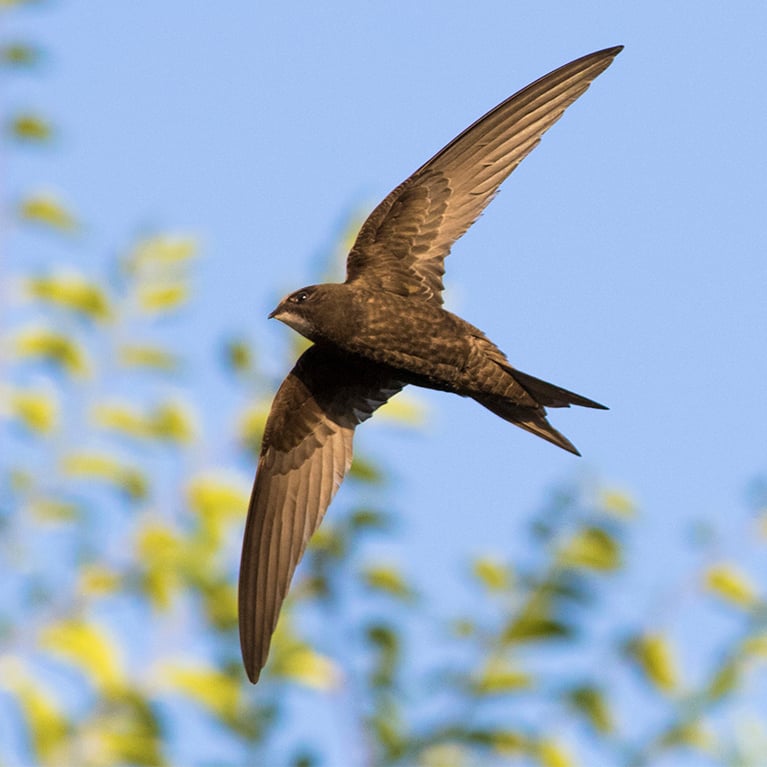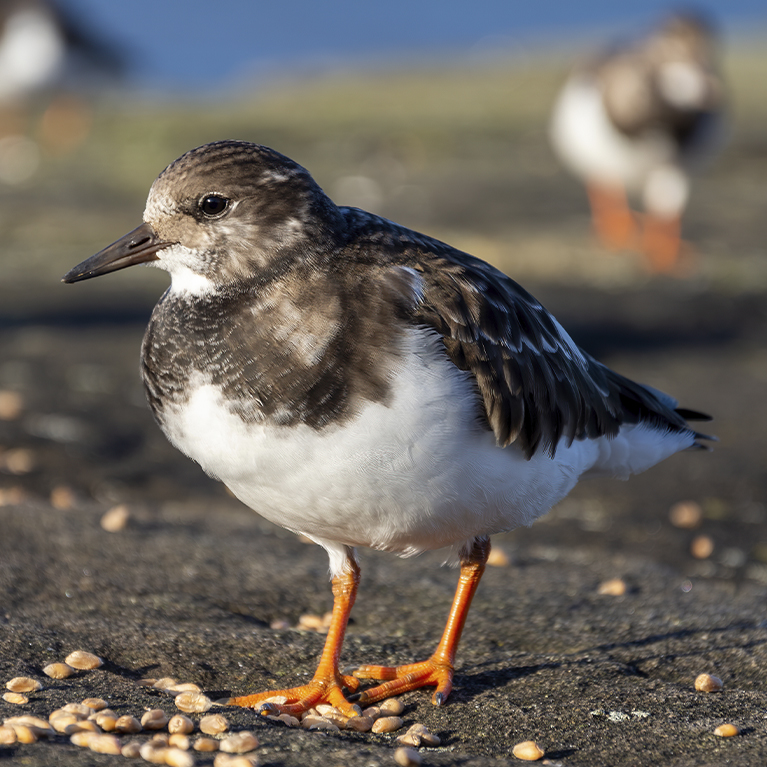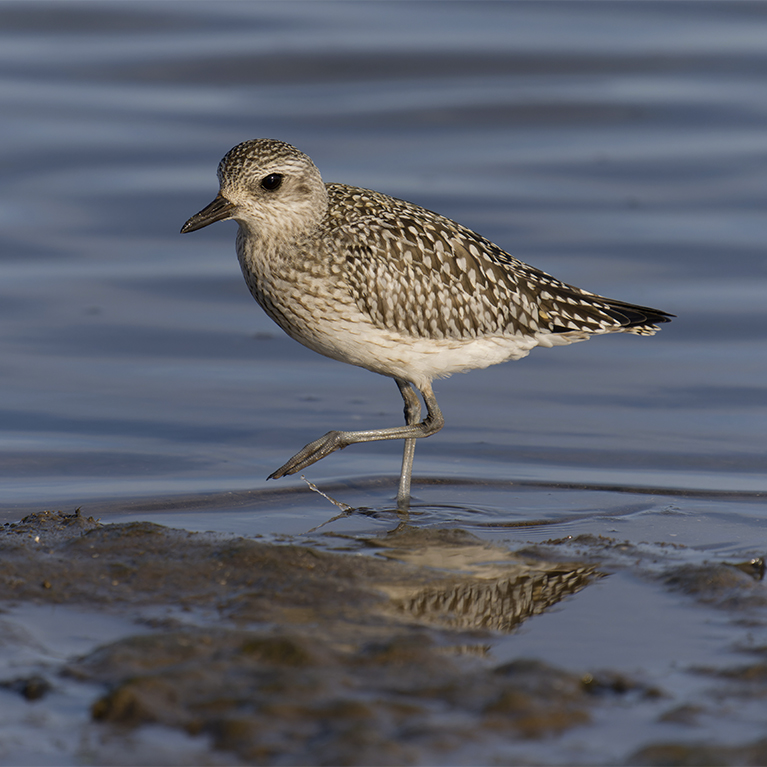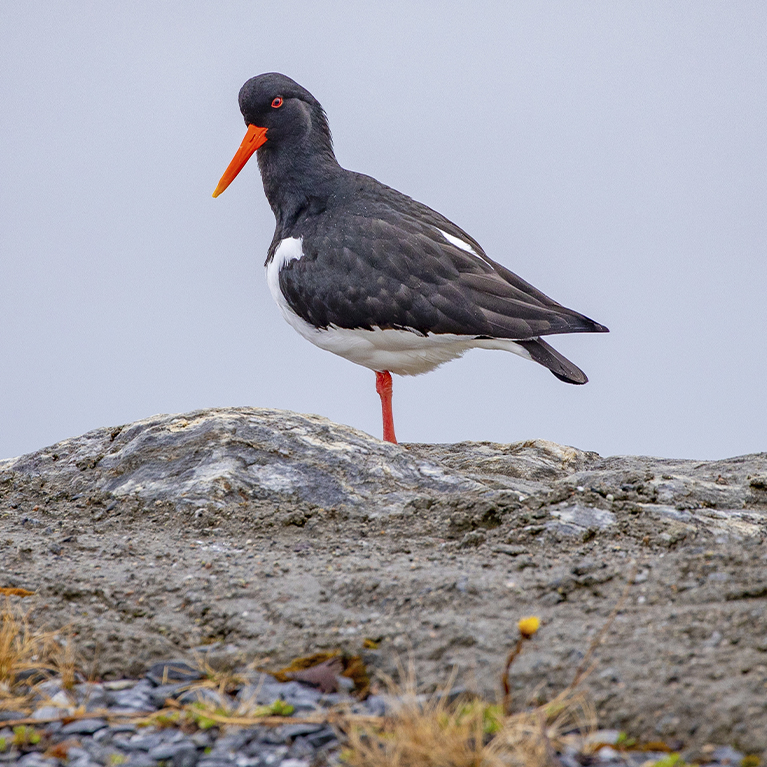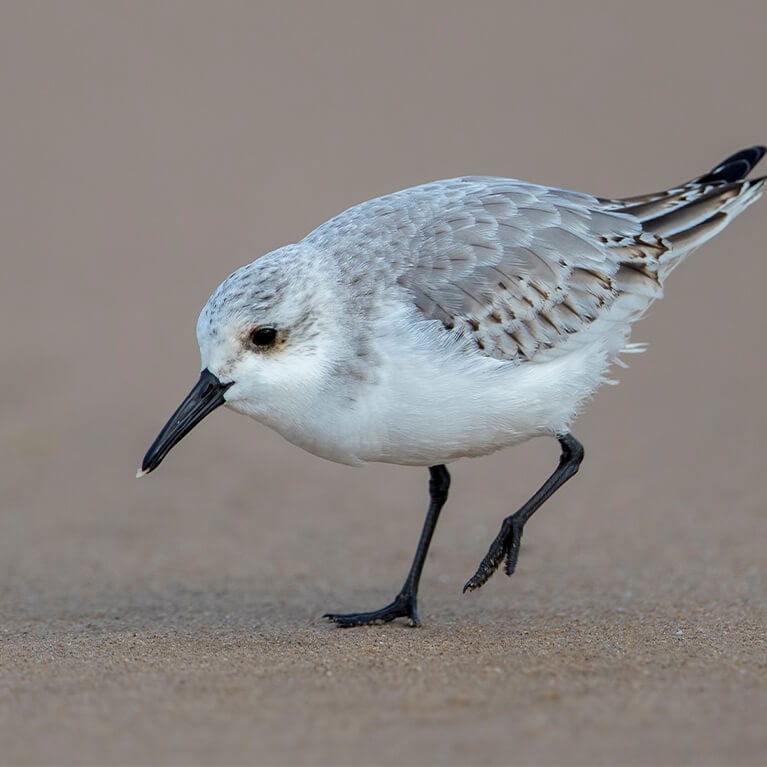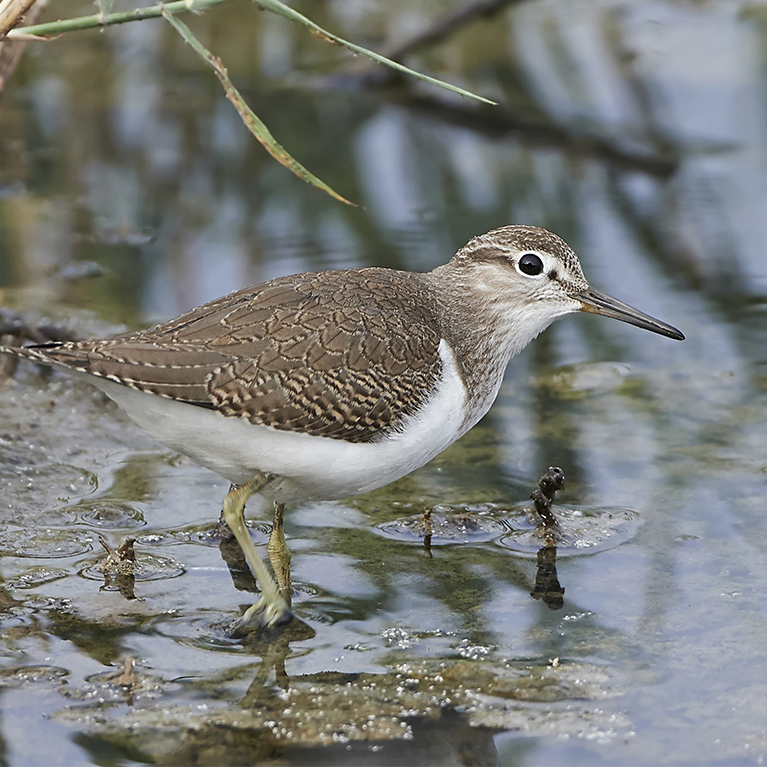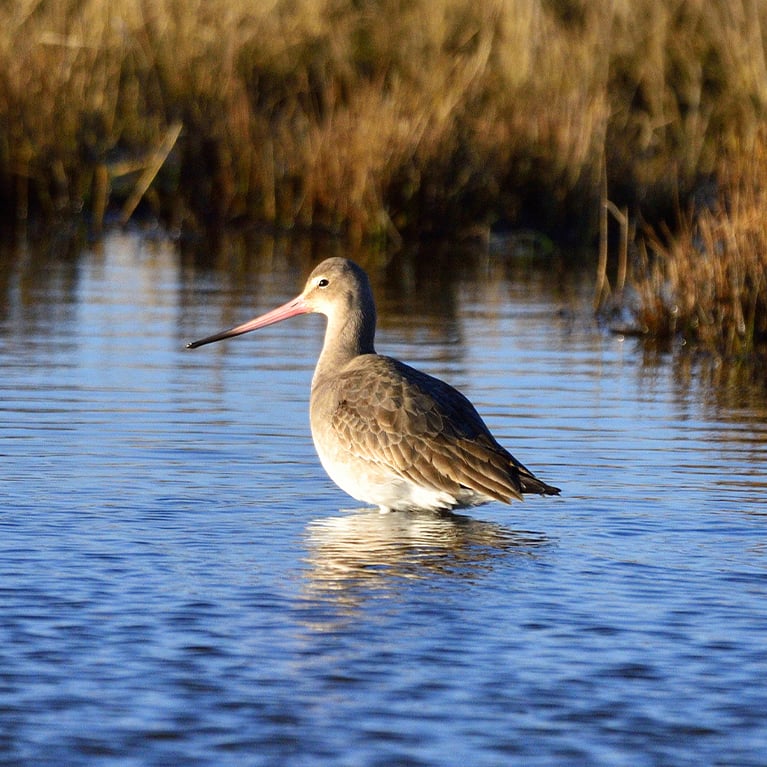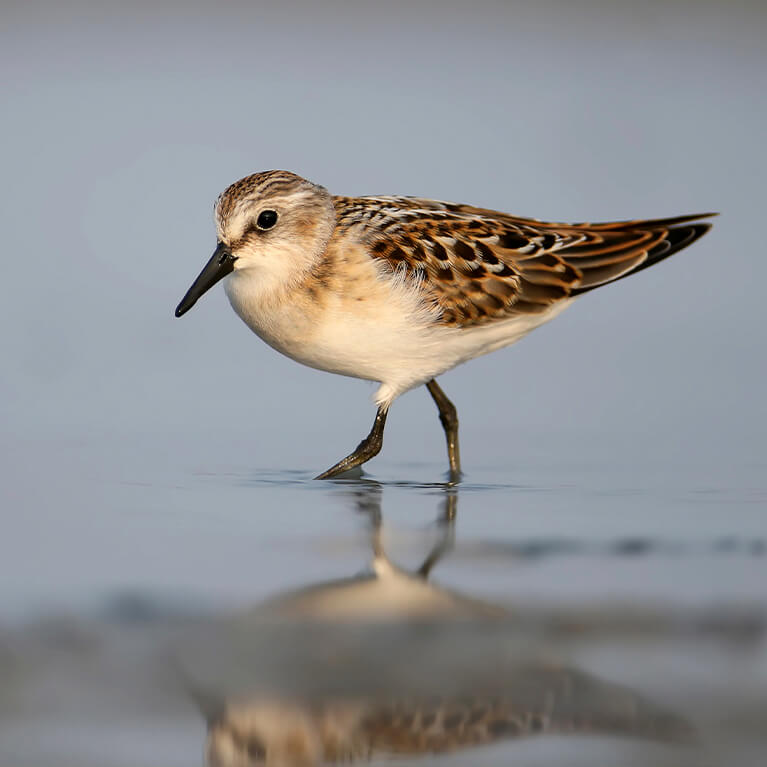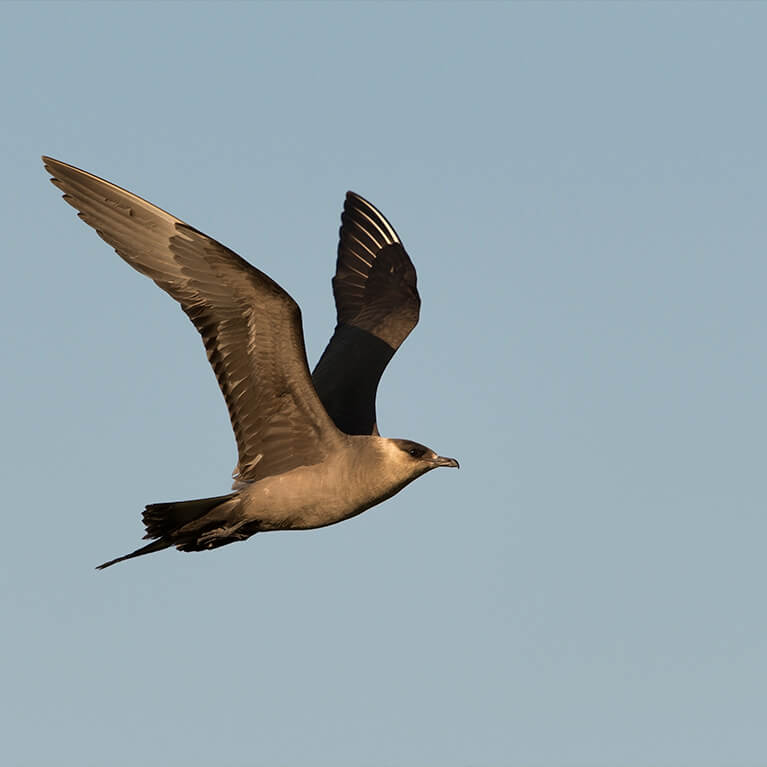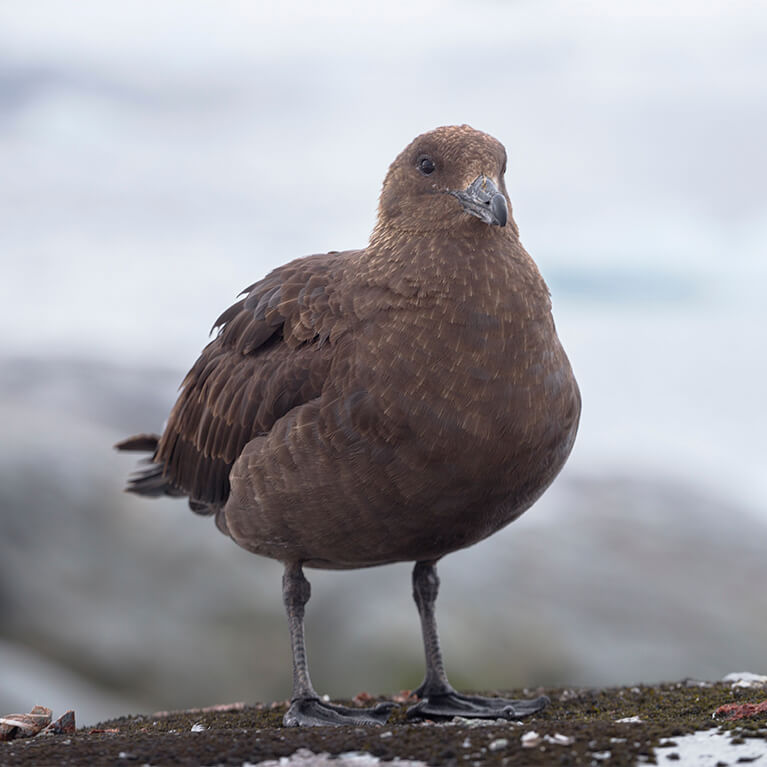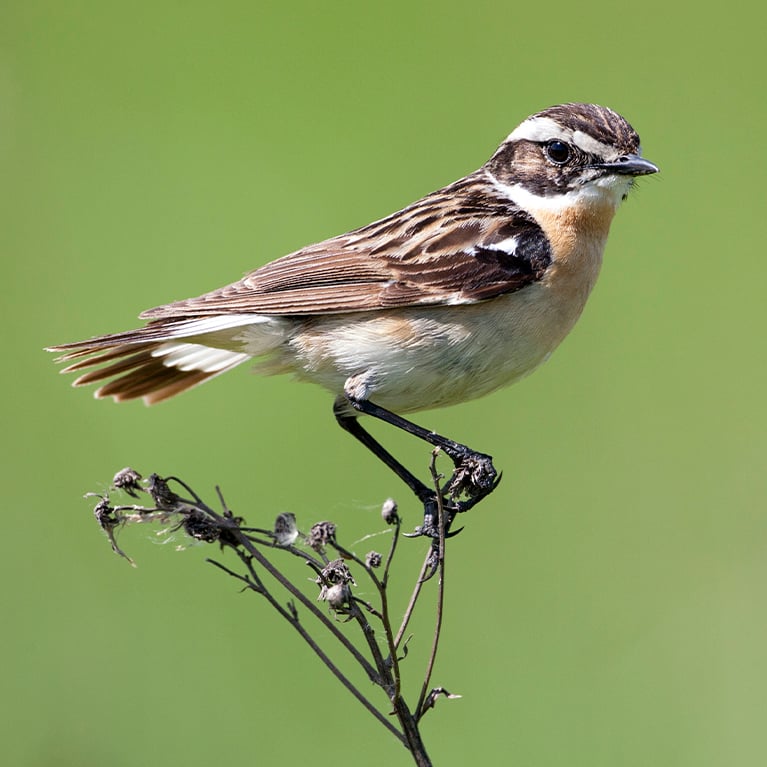Freiston Shore has one of the the UK's largest 'managed realignment' projects, in which the RSPB has worked with the Environment Agency to convert 66 hectares of coastal farmland into tidal saltmarsh.
As well as providing breeding and roosting sites for birds, it will also help to compensate for the loss of such tidal habitats elsewhere in England, and to ensure that The Wash remains the most important estuary for waterbirds in the UK.
Now this parcel of former arable land is tidal again, the saltmarsh has naturally regenerated, creating valuable wildlife habitat and increasing the level of flood protection for the surrounding area.
getting here
RSPB Freiston Shore is the sister site of Frampton Marsh lying only a few mile north on the other side of The Haven. The deep sea channel that separates the reserves means access between the two is not possible on foot but via a 25 minute drive. Located about 4 miles due east of Boston, take the A52 towards Skegness, turn off towards Freiston village and follow the brown signs. On arrival there is a 20 space car park with accessible bonded surface. The track to the hide and up to the sea wall and south along the concrete road to the wet grassland and arable plots is accessible but there is no accessible circular route.
dog access & parking information
The car park has a bonded surface and an accessible parking space.
The sea bank is grazed by cows and has an uneven surface so suitable footwear required.
Dogs are required to be kept on the lead during the breeding season (March to August) and recommended to be on a lead during the grazing season (May – October).
opening times
Open access year-round.
entry & prices
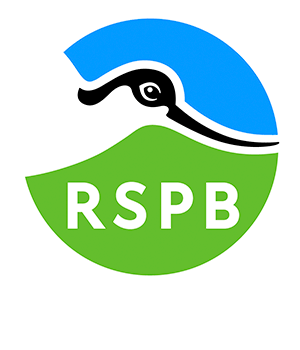
Freiston Shore
The Royal Society for the Protection of Birds
The RSPB is the UK's largest nature conservation charity, inspiring everyone to give nature a home and secure a healthy environment for wildlife.
find out more about freiston shore
what species and habitats can you find?
The reserve protects 683 hectares of saltmarsh and mudflats, which form part of the Wash Special Protection Area. It is managed to improve this habitat for the benefit of wintering, passage and nesting birds.
A 15 ha saline lagoon has been created at Freiston Shore. This rare habitat is managed for the benefit of breeding waterbirds, especially avocets, oystercatcher and common terns.
72 ha of sheep fields and arable land has been converted into a wet grassland for the benefit of breeding waders and waterfowl. Construction of a reservoir and sluice installation allows the team to contain and control water levels on the fields.
Like its sister site at Frampton, Freiston Shore can be heavily influenced by the tides. With the seaward side of the reserve being a metre lower than Frampton, tides have more of an effect here, covering the salt marsh and mudflats earlier and for longer. This can provide prolonged wader and wildfowl roosts in the winter months. Wading birds move onto the lagoon but a lot of the wildfowl head onto the large expanse of wet grassland. At times it can be tricky to know which way to go for a walk.
In November 2019, Freiston Shore broke the record for most black-tailed godwits on the UK’s Wetland Bird Survey count. A whopping 10,050 were spread over the grassland. This shows the pulling power the reserve can have in the winter months, hosting many thousand of birds across the site. One of our best winter sights belongs to only a handful of birds. Displaying goldeneye are fantastic to watch on the lagoon. Throwing their heads back in tandem with some furious paddling from bright orange legs is quite the sight.
In the right conditions, this can be a great site for early Spring migrants like sand martin, sandwich tern, wheatear, garganey and little ringed plover. As the Spring progresses, wading birds start to move and come into breeding plumage while other arrivals like swallows, yellow wagtails and black redstart can be found.
In the arable strips at the southern end, resident breeding birds like tree sparrow, corn bunting, linnet and yellowhammer will keep the ears and eyes busy until the warblers return.
The bushes along the public footpath will be alive with Whitethroat song in May with reed and sedge warblers occupying territories along the reedy ditches.
On the lagoon, avocets and oystercatchers will be joined by feisty common terns while redshank display over the higher points we’ve created in the managed realignment.
In midsummer the common tern colony brings in migrating terns moving south from further north. This includes the expected arctic and sandwich tern but also the rarer black and roseate terns.
Late summer sees the return of adult waders, with many still in summer finery. Knot, grey plover and bar-tailed godwit will mix in among the redshank, dunlin and ringed plover on the roost.
Autumn on the east coast can see anything turn up and Freiston is no exception. As well as checking the wading birds for scarcities like little stint, curlew sandpiper and pectoral sandpiper, the trees and hedgerows around the lagoon can hold redstart, pied and spotted flycatchers.
Seawatching can also be productive at this time of year with all 4 skuas being on the cards from the shelter. Seaduck, auks, divers and grebes can also be picked up on the move with several lingering into the New Year. As the seawatching season draws to a close, the winter spectacle begins as thousands of wigeon, teal, lapwing and golden plover start to make the reserve home for the next few months.
Winter species
Curlew, lapwing, wigeon, teal, goldeneye, pintail, peregrine, brent goose, marsh harrier, stonechat, great northern diver, red-breasted merganser, eider, red-necked grebe, Slavonian grebe.
Spring species
Wheatear, garganey, yellow wagtail, ringed plover, dunlin, reed bunting, linnet, corn bunting, whitethroat, sandwich tern, common scoter, grasshopper warbler, black redstart.
Summer species
Avocet, common tern, knot, redshank, tree sparrow, yellowhammer, swift, reed bunting.
Autumn species
Turnstone, grey plover, oystercatcher, sanderling, common sandpiper, whinchat, black-tailed godwit, little stint, arctic skua, great skua, whinchat.
plan your visit to Freiston Shore
useful hints and tips
Follow the reserve on Twitter for daily sightings posts.
Check the tide times. If you can plan your visit in advance, do try and enjoy a big morning or evening tide in the Spring or Autumn.
Get to the reserve for 90 minutes before high tide to see the birds moving in off The Wash.
In Spring, South Easterly winds may drop in overshooting migrants, so check trees and hedges.
In Autumn, North Easterly winds will push migrants over the North Sea and South Easterlies are good for sea watching.
Check the website for guided walk times.
facilities
There is a single hide, elevated viewpoint, viewing screen, sea watching shelter and sea watching hide at Cut End. Bottom floor is for public viewing, top floor accessible to Lincs Bird Club members. There are no loos or refreshments.
explore the other locations along the coastal birding trail
places to stay nearby
Make a trip of it! Enjoy a coastal getaway with a selection of places to stay close by.
